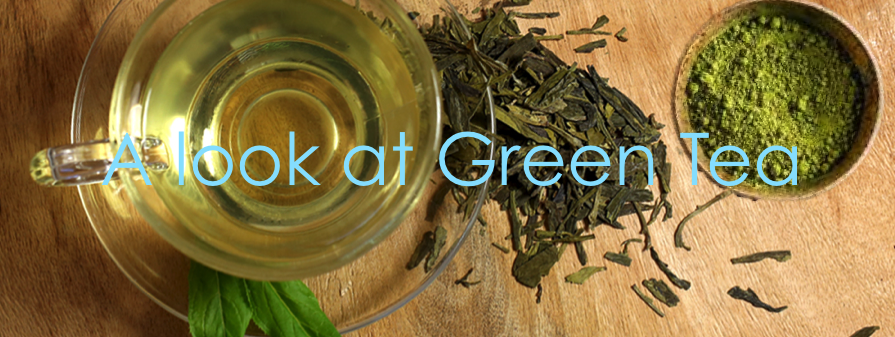[Today’s post is about an eye condition called Dry Eyes.
Recently I was talking to a work colleague about this condition. It is a condition that I have also experienced.
For me it presented as really watery eyes in the morning, so much so that it looked like I was crying. When I spoke to the Optometrist I thought it really weird that the condition was called “Dry Eyes” because they were far from dry.
At the time I did a little research to learn more about the condition. It wasn’t until recently that I thought that others would also be interested in what I learned.
So, as most of us are aware, the tears provide moisture and lubrication to help you see and to keep the eyes comfortable.
What’s in a tear?
Tears are a mix of water, oils, mucus and 1500 different special proteins and antibodies that protect the eyes and keep infection at bay. All these ingredients come from special glands around the eye.
So, what is the condition ‘Dry Eyes’?
The condition ‘Dry eyes’ occurs when your tears aren’t able to provide adequate lubrication for your eyes. Tears can be inadequate for many reasons.
What Causes it?
Sometimes, there’s a lack of balance in your tear-flow system. Items such as your air conditioner, heater, or other things around you could dry out your tear film. Other common causes include:
- Certain medical conditions that affect your ability to make tears, including diabetes, rheumatoid arthritis, thyroid disorders and vitamin A deficiency
- Side effects of certain medications including antihistamines and decongestants.
- The natural ageing process, especially menopause
- Laser eye surgery, though symptoms of dry eyes related to this procedure are usually temporary
- Tear gland damage from inflammation
- Or increased tear evaporation, which may be caused by; Wind, smoke or dry air, Blinking less often, for example, while reading, driving or watching a screen, or an imbalance in tear composition
There are several different symptoms.
For some it creates a scratchy sensation or the feeling that something is in the eye.
Sometimes, dry eyes create too many tears. This confusing condition is called reflex tearing. It happens because the lack of moisture irritates your eye. It sends a distress signal through your nervous system for more lubrication. Your body sends a flood of tears to try to make up for the dryness.
Other symptoms include stinging or burning, discharge, pain, and redness in the eye. People with dry eye may also feel as if their eyelids are heavy and may experience blurred vision.
How Are Dry Eyes Treated?
There are a number of options. Mild dry eye symptoms may be treated with over-the-counter medications such as artificial tears, gels, and ointments. Many types of drops are available over the counter. No one product works for everyone, so you might have to try a few to figure out the one that’s right for you.
There are also environmental and lifestyle changes you can make. Changes like reducing screen time and taking periodic eye breaks may help. Closing the eyes for a few minutes, or blinking repeatedly for a few seconds, may help to replenish tears and spread them more evenly across the eyes.
(Sources – www.nei.nih.gov, www.webmd.com, www.mayoclinic.org)
I hope that you also found this information helpful. If you find you have ‘dry eye’ symptoms, it’s best to ask your eye care professional what to do. My own condition improved after just a couple of weeks using an over-the-counter eye drops.
Till the next post,
Live clean n Prosper



